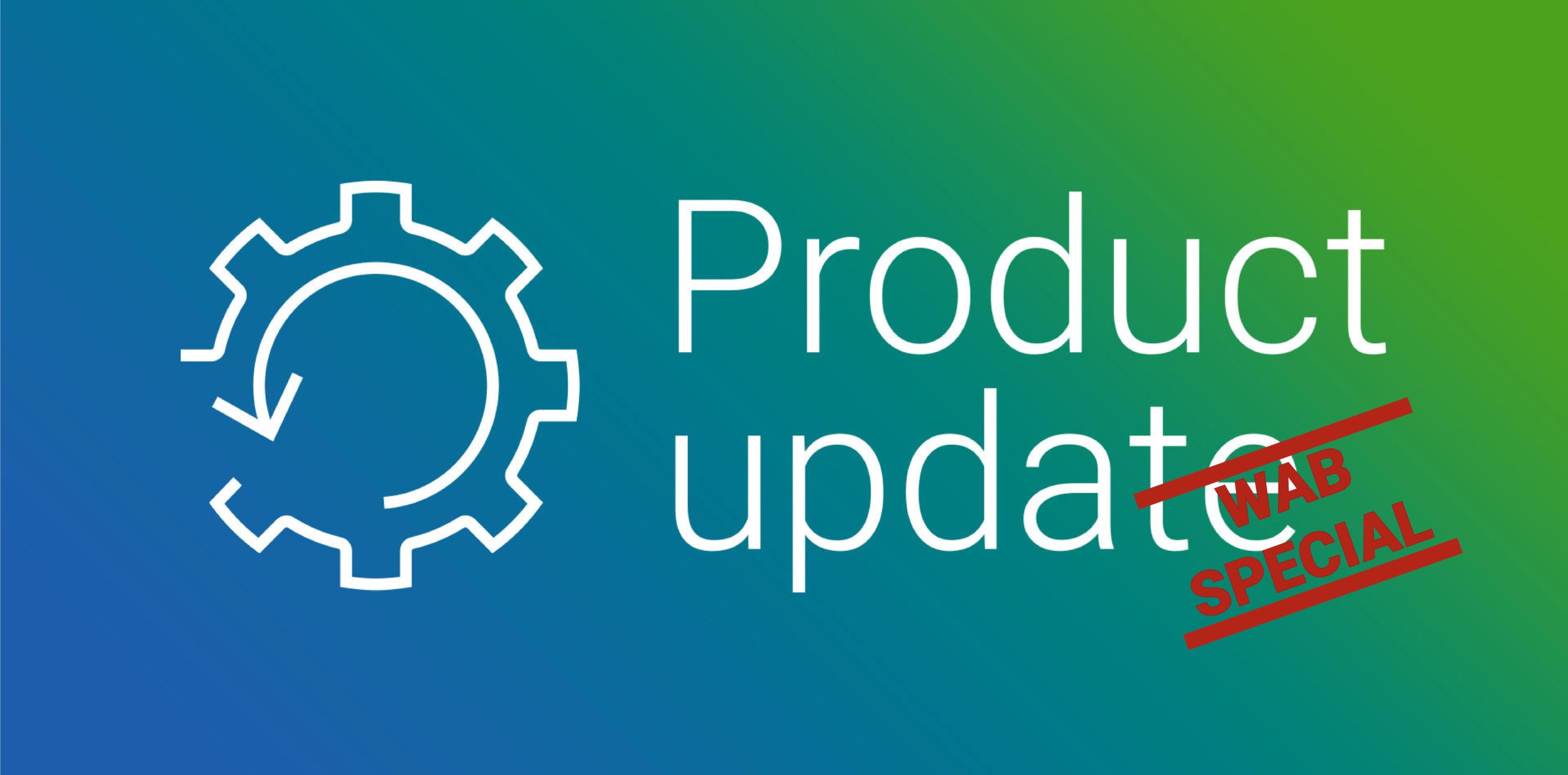What is expected of you now that the Labor Market in Balance Act (WAB) is about to enter into force? Rules regarding employment contracts and dismissal are changing. In this special, you can read how Dyflexis is preparing you for the new law.
Purpose of the WAB
The WAB encourages the recruitment of permanent staff and must reduce the gap between flex workers and permanent contracts. Call workers are therefore given more certainty. At the same time, it becomes more attractive for employers to offer a permanent contract.
Definition of on-call workers in the WAB
An on-call worker is someone who is called up for work. This is an agreement between the employee and employer. An employer can make a call for a few hours or for whole days. A standby worker, therefore, has no fixed monthly wage. This includes both an on-call contract, a zero-hour contract and a min-max contract.
Dyflexis and the WAB
Below you can read about the various measures from the WAB and the matching tools that Dyflexis offers to deal with this.
Unemployment insurance premium: high premium call contract, low premium fixed contract
WAB 2020
From 2020, employers pay a lower unemployment insurance premium for employees with a permanent contract than for employees with a call contract. The sector premium will then expire.
If 30% more hours are paid in a calendar year than is stipulated in the employment contract, the high unemployment insurance premium still applies retroactively.
Dyflexis
It is essential that the planner already takes the contract hours of the employees into account.In Dyflexis you can see on a weekly basis in the staff section of the schedule screen whether an employee is coming to his contract hours. This is shown to you in red if this is not the case. In this way, the balance for the entire year can be monitored as soon as the planning is made.
Use the ‘Advanced plan’ and the colours in the employee schedule for this.
You can also process the expected increase in the employer surcharge percentage, which can also be set per contract type. This gives you a good indication of the expected and realized personnel costs. If you want this to be set per contract type, you should contact support. If you want this to be set per contract type, you should contact support.
On-call workers: offer for fixed hours after 12 months
WAB 2020
From 1 January, an on-call worker who has been employed for longer than 12 months is entitled to an offer. This offer is based on the same number of hours that he worked on average as an on-call worker.
Dyflexis
It is possible to use all types of fixed and variable contract types in Dyflexis, including min-max. In employee management, you receive a reminder 10 weeks before the expiration of a contract. That way you can make a choice in time for a suitable offer. The report gives you insight into the total hours worked in an entire year.
The moment you give a permanent contract to an employee, the leave and hour calculations for permanent contracts will be calculated automatically from that date.
Payroll employee: equal employment conditions
WAB 2020
Employees who receive a payroll contract from 2020 onwards will receive at least the same employment conditions and the same legal status as employees who are employed by the company.
Dyflexis
In Dyflexis, all allowance calculations can also be calculated for payroll employees.
Calling forces: minimum calling time
WAB 2020
From 2020, employers must call their on-call workers at least 4 days in advance, otherwise an employee is not required to come and work. An employer must make the call in writing or electronically. If the employer cancels or changes a call within 4 days, the on-call worker is entitled to pay for the hours on which he was called.
An exception may be made to the 4-day calling period per CLA. The KHN, CNV Vakmensen and FNV Horeca, for example, have already achieved negotiator results for a new hospitality CAO. The new CLA starts on January 1, 2020 and has a duration of one year. The possibilities of the WAB have been included in the result so that the law can be applied better through the collective labour agreement. For example, provisions regarding call agreements and seasonal contracts.
Dyflexis
In Dyflexis you can work with open services, on which the employee can express a preference. This preference is saved. All timetable mutations are saved for you and insightful via the mutation screen in the Schedule screen.
For the planner, it is soon possible that when creating or mutating a service within the set term a warning appears that the employee is entitled to payment of this service. If you cancel a service, you can mark the service with a comment so that you know in the time registration that hours have to be written for service.
